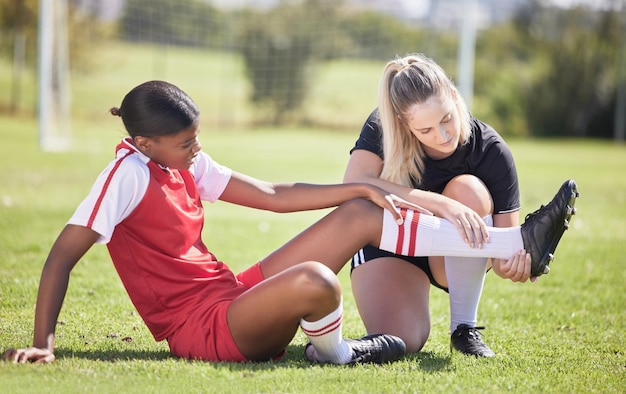Understanding the Importance of Youth Football
Inspirational Reflection
Anúncios
“The future belongs to those who believe in the beauty of their dreams.” – Eleanor Roosevelt
Anúncios
This quote resonates deeply with the journey of young football players. As they step onto the field, chasing their dreams of greatness, they learn that belief in themselves and their teammates is as crucial as any technical skill. Youth football is not just about winning games; it’s about dreaming big, embracing challenges, and realizing that through hard work and collaboration, those dreams can transform into reality.
Essential Skills Every Beginner Should Learn
Starting in youth football programs requires a solid foundation of essential skills that every beginner should master. These skills not only enhance individual performance but also foster teamwork and sportsmanship among young players.
Firstly, ball control is paramount. Beginners should practice dribbling and passing techniques, which are crucial for maintaining possession and executing plays. This skill helps players feel confident on the ball and sets the stage for tactical understanding.
Anúncios
Next is the importance of spatial awareness. Players need to learn how to read the game, understand positioning, and anticipate plays. This allows them to make quick decisions and contribute effectively to their team’s dynamic.
Another vital skill is teamwork and communication. Engaging in drills that promote collaboration helps players develop trust and an understanding of their teammates’ strengths, which is essential in executing strategies on the field.
Lastly, basic defensive techniques should not be overlooked. Beginners need to understand how to position themselves, tackle safely, and support their teammates in defense, ensuring a well-rounded development in youth football drills.
Top Youth Football Drills for Beginners

Developing essential skills in youth football requires engaging and effective drills that beginners can relate to. One of these foundational drills is the “Dribbling Relay Race.” To set this up, divide players into teams and position cones to mark a course. Each player must dribble the ball through the cones and back to their team. The objective is to enhance dribbling control and speed under pressure while fostering teamwork and competition.
The “Passing Triangle” is another fantastic drill. Have players form groups of three, standing in a triangle formation. Players should pass the ball to each other while moving to create angles. This drill focuses on improving passing accuracy and communication, key elements on the field that lead to successful game play.
The “Goal Scoring Challenge” is also important. Set up a small goal or use cones to simulate one. Players take turns shooting from different distances, aiming to score. This drill enhances shooting technique and helps build confidence as players learn to assess angles and power needed to score effectively during a match.
To improve defensive skills, use the “1v1 Challenge.” Pair players for one-on-one matchups, where one attacks and the other defends. This drill encourages quick decision-making and enhances defensive positioning and tackling skills. By regularly practicing these drills, young players can develop crucial football skills while enjoying their time on the field, setting a strong foundation for their future in the sport.
Essential Youth Football Drills Overview
This table summarizes key drills to develop essential football skills in youth players, outlining their focus, setup, and key benefits.
| Drill Name | Focus Area | Setup | Key Benefits |
|---|---|---|---|
| Dribbling Relay Race | Dribbling Control & Speed | Teams, cones to mark a course | Enhances dribbling skills, teamwork, and competition |
| Passing Triangle | Passing Accuracy & Communication | Groups of three, form a triangle | Improves passing accuracy, player movement, and communication |
| Goal Scoring Challenge | Shooting Technique | Small goal or cones set up | Builds confidence, assesses angles, and power for effective scoring |
| 1v1 Challenge | Defensive Skills | Pairs for one-on-one matchups | Enhances decision-making, positioning, and tackling skills |
Creating a Fun Learning Environment
Another approach is to introduce themes or stories into the drills. A pirate treasure hunt or a superhero training session not only captivates players’ imaginations but also motivates them to participate fully. Variation is crucial; alternating between different types of drills helps maintain interest and challenge without overwhelming young athletes.
Providing positive feedback and celebrating small victories is vital in this environment. Recognition of effort—be it through verbal praise or small rewards—helps build confidence and a sense of accomplishment. When drills are not just repetitive tasks but opportunities for creativity and growth, players are likely to remain enthusiastic and eager to learn.
Monitoring Progress and Providing Feedback
Explore Effective Techniques for Monitoring Youth Football Progress
For a deeper understanding of best practices in tracking player development in youth sports, check out this valuable resource: Youth Sports Parent Tips.